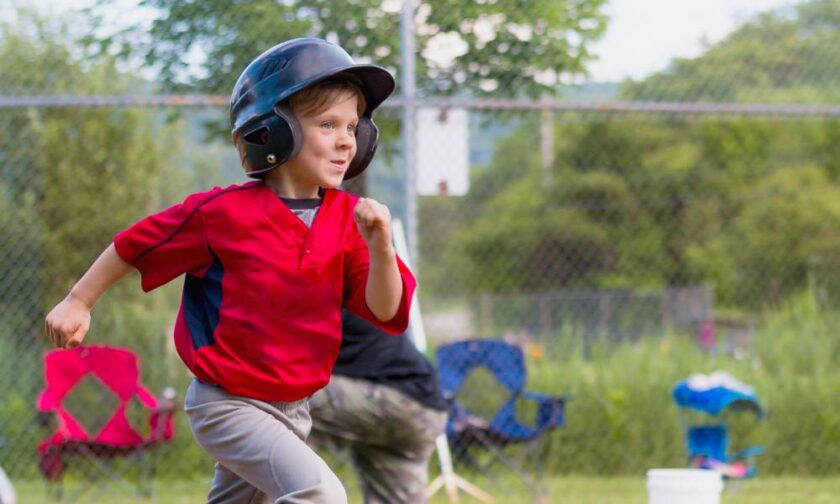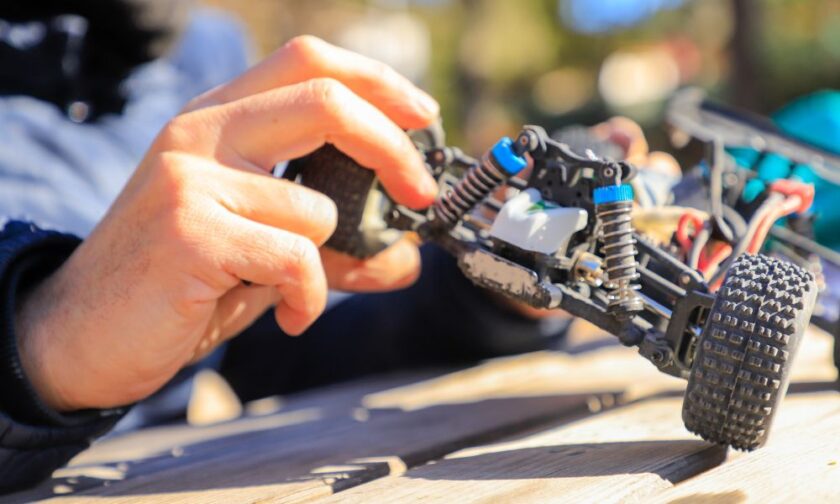Stimming (or self-stimulatory behaviors) is an essential part of life for many people with autism. It’s a physical or verbal action that helps someone regulate their emotions, relieve stress, and cope with the overwhelming amount of sensory input around them. Common stimming activities include flapping or moving hands and arms, rocking back and forth, spinning, and repetition of words and phrases. However, stimming can also involve more severe behaviors, like banging the head against a wall, hitting, or biting oneself.
Stimming is important for autistic people to help them regulate their emotional states. However, harmful stims, such as aggression, head banging, crashing into things, and biting, can be dangerous and traumatic for both the parent and the child. Parents and caregivers should seek ways to redirect harmful stimming in an autistic child.
Stimming Is Normal and Necessary
It’s important to remember that if your child is engaging in harmful stimming, it doesn’t necessarily mean that they are naughty or acting out. It may be a sign that they need help with managing their emotions. In some cases, stimming may be indistinguishable from ordinary childhood behavior, like thumb sucking. Unfortunately, even thumb sucking can become harmful if it goes on for too long.
The first step is to identify what’s causing the behavior. That will help you identify other stims that can replace thumb sucking. That way, stimming can still serve its soothing purpose in a more positive way.
Tips on Providing Alternatives to Harmful Stims
Provide a Safe Place for Stimming
If your child has been engaging in harmful stims, you should create an area designated for them to stim safely. This could include providing a cubbyhole or blanket fort as a retreat from overstimulation, weighted blankets, and various sensory fidget toys.
Enable Physical Outlets
If your child is having a difficult time managing their emotions, allow them to have a few moments of venting their frustration in a safe way. This could include punching a pop-back-up inflatable toy, screaming into a pillow, or jumping on a mini-trampoline.
Encourage Sensory Play
Creating distinctive sensory activities for your child can help them redirect their stimming in a more positive way. Sensory play can be anything that engages sight, sound, touch, taste, or smell. Try engaging your child with play-dough (including the scented variety), blowing bubbles, coloring with scented markers, or playing water games.
Use Positive Reinforcement
Reward your child when they engage in more acceptable forms of stimming instead of hurting themself. Try offering rewards whenever they agree to participate in an alternative activity. This could include going for a walk, playing a sport, drawing pictures, or making clay animals.
One Size Does Not Fit All
Each autistic person is unique. Because of this, not all strategies will work for every individual. Patience is essential, along with a willingness to adjust your strategy if things are not working. You may have to try several techniques before finding the one that sticks. With the right guidance, support, and techniques, you can find ways to redirect harmful stimming in your autistic child.






